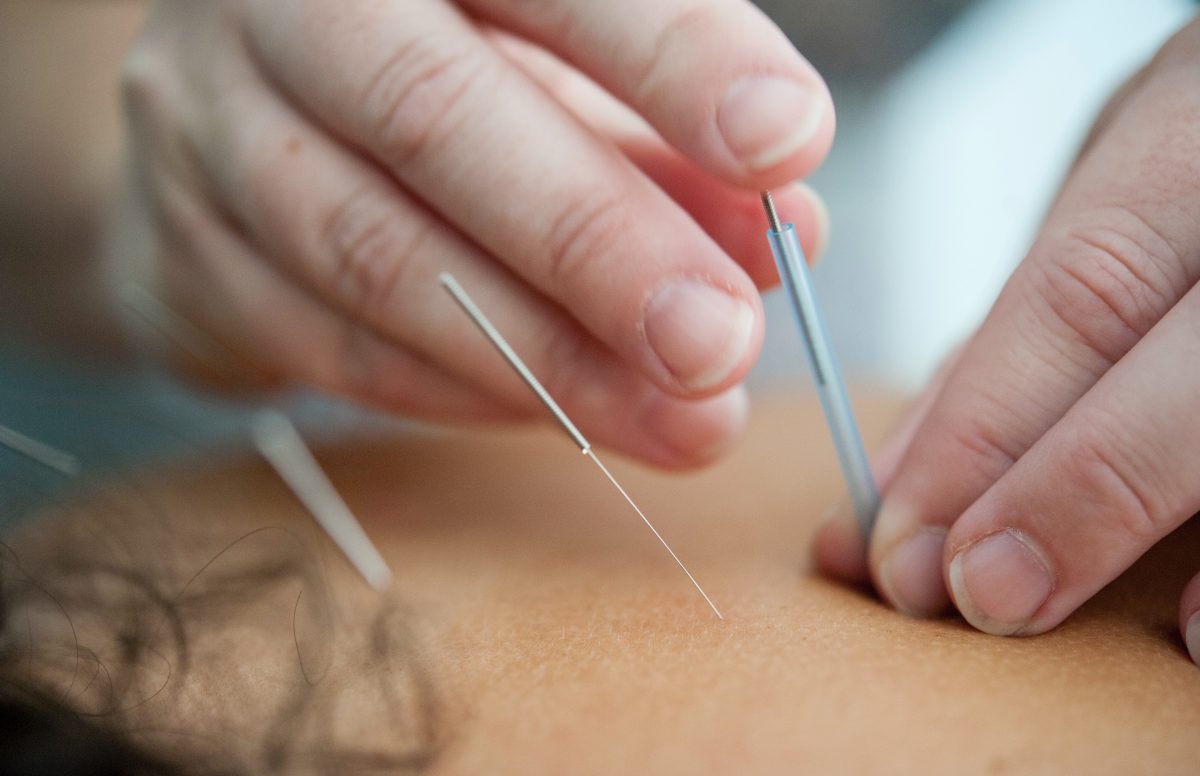Despite affecting one in ten women worldwide, endometriosis currently has no cure. The symptoms, described by sufferers as debilitating, are frequently misdiagnosed. During the average seven years it takes to receive a diagnosis, millions of women battle severe pain with ineffective treatment. As Endometriosis Awareness Month wraps up, the realities of living with the condition are brought to light, with many women advocating for a shorter diagnosis time.
Endometriosis is the second most common gynaecological condition in Britain, according to Endometriosis UK, costing the economy £8.2 billion annually. The condition occurs when tissue similar to the lining of the uterus grows outside the uterus, resulting in life-impacting pain during periods, intercourse and urination.
Infertility can be a result of living with endometriosis (although not all women experience this), while anxiety and depression are also common side effects of the chronic illness.
Why does endometriosis take so long to diagnose?
The long process is often accompanied by complexity and confusion.
Dr Fran Yarlett, medical director at The Lowdown, attributes this to the vague symptoms which can overlap with other conditions. “Symptoms for endometriosis can vary for each woman and can be the same as common problems such as IBS (irritable bowel syndrome) or pelvic infections,” she said.
Unlike other life-impacting conditions, endometriosis does not have one simple test to confirm a diagnosis. Dr Yarlett said: “Blood tests, physical examinations and even internal scans do not always show endometriosis unless it is severe enough to cause cysts on the ovaries.”
Instead, surgery called laparoscopy is used to diagnose the condition. The keyhole procedure includes certain risks such as pain, infection, bleeding and organ damage, which, Dr Yarlett explained, is why women may explore other avenues of treatment first.
While the surgery poses difficulties, many groups are advocating for a shorter diagnostic process to lessen the physical and emotional pain that women endure.
Endometriosis UK Chief Executive Jane Hudson Jones said in a statement: “Seven and a half years is far too long for any woman to suffer and we aim to change that.
“During this time, those with severe endometriosis live with increasing and debilitating pain and spread of the disease; lose their relationships and livelihoods: a devastation of their quality of life.”
Endometriosis UK advocates for change from the very beginning of the diagnosis process. “One of the ways we will make change happen is by supporting GPs to understand the signs of endometriosis so that they can make referrals faster,” Hudson said.
The organisation highlights this as the best option not only for women to reduce symptoms and explore their options sooner, but to reduce the impact on the NHS through decreasing unnecessary treatments.
Living with endometriosis
Gemma Taylor, 41, is one of the millions of women in the UK who has undergone a tiring diagnosis process.
After almost two decades of suffering and being treated for IBS and food intolerance, a laparoscopy revealed Taylor had stage four endometriosis.
“The constant pain, appointments and tests that found nothing were relentless and made me miserable,” she said.
“I was so happy the day I was diagnosed, it validated my pain and finally gave me some answers.”
Since being diagnosed, Taylor has had two more surgeries which involved removing endometriosis lesions. Her second surgery she described as “life-changing” as it left her symptom-free for two years. “It was like a grey cloud had been lifted; I felt free,” she said.
Though the physical effects of surgery are impossible to ignore, Taylor’s mental health suffers the most.
“I’m an active person so being at home and doing very little is tough and I also have to worry about having more surgeries and what’s next.”
Like many sufferers, Taylor has found support through online networks. Through the platform Endo Warriors she has found people to talk to who understand, more than anyone, how it feels to have endometriosis.
What can women do to manage their symptoms?
Dr Yarlett described endometriosis as a “mysterious disease”; the symptoms are personal and women find relief through various means.
When suffering with symptoms of endometriosis, it is always recommended to see a doctor. However, many women choose to manage their pain through nutrition.
Registered nutritionist Uta Boellinger explained some women find relief in including more anti-inflammatory foods such as herbs, spices and chia seeds into their diets.
Boellinger advises women with endometriosis to avoid inflammatory foods such as heavily processed food and foods high in omega six such as crisps, biscuits and ready meals.
“Whilst nutrition can never cure or get rid of the condition, it has been so wonderful to see the changes it can make to a woman’s quality of life,” she said.
Some find the best pain relief in hormonal treatments such as contraceptives. While others opt for complementary therapies such as acupuncture and reflexology.

Many women combine medical treatment with complementary therapies, to combat the fatigue of waitlists and specialist appointments.
Boellinger said: “I’ve been shocked to hear how little support women are getting from doctors and other medical professionals. Many take years to get a diagnosis and eventually are just put on the pill. I’m really grateful that I can offer a more personalised approach.
“I think there needs to be more support for sufferers’ mental health and that should come as standard alongside physical treatment, ” agreed Taylor.
Urging sufferers to not go through the process alone, she said: “Talk to friends and family, find your tribe online. Read up, do your research and if you feel your doctors aren’t listening, keep going. Don’t let anyone invalidate what you’re going through.”





